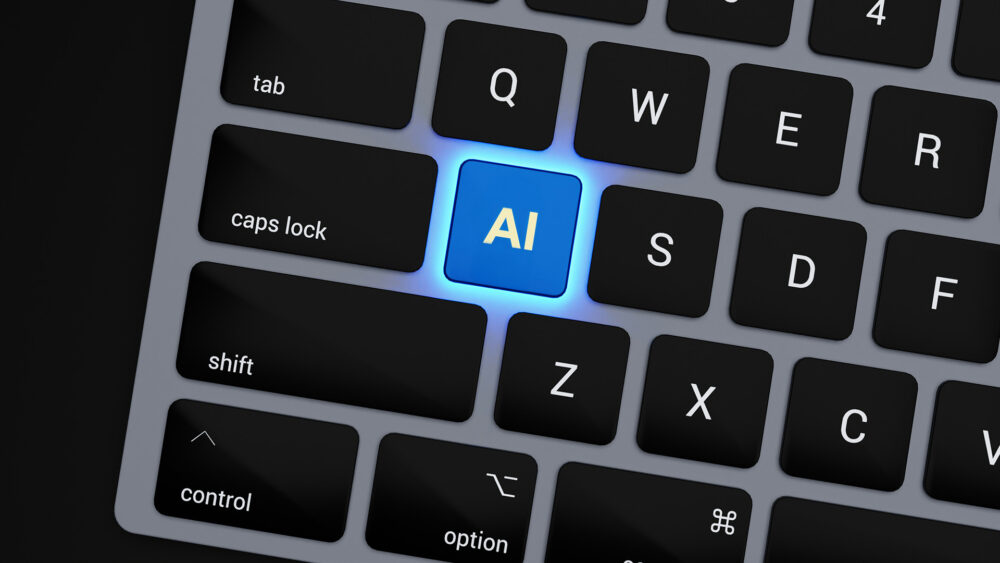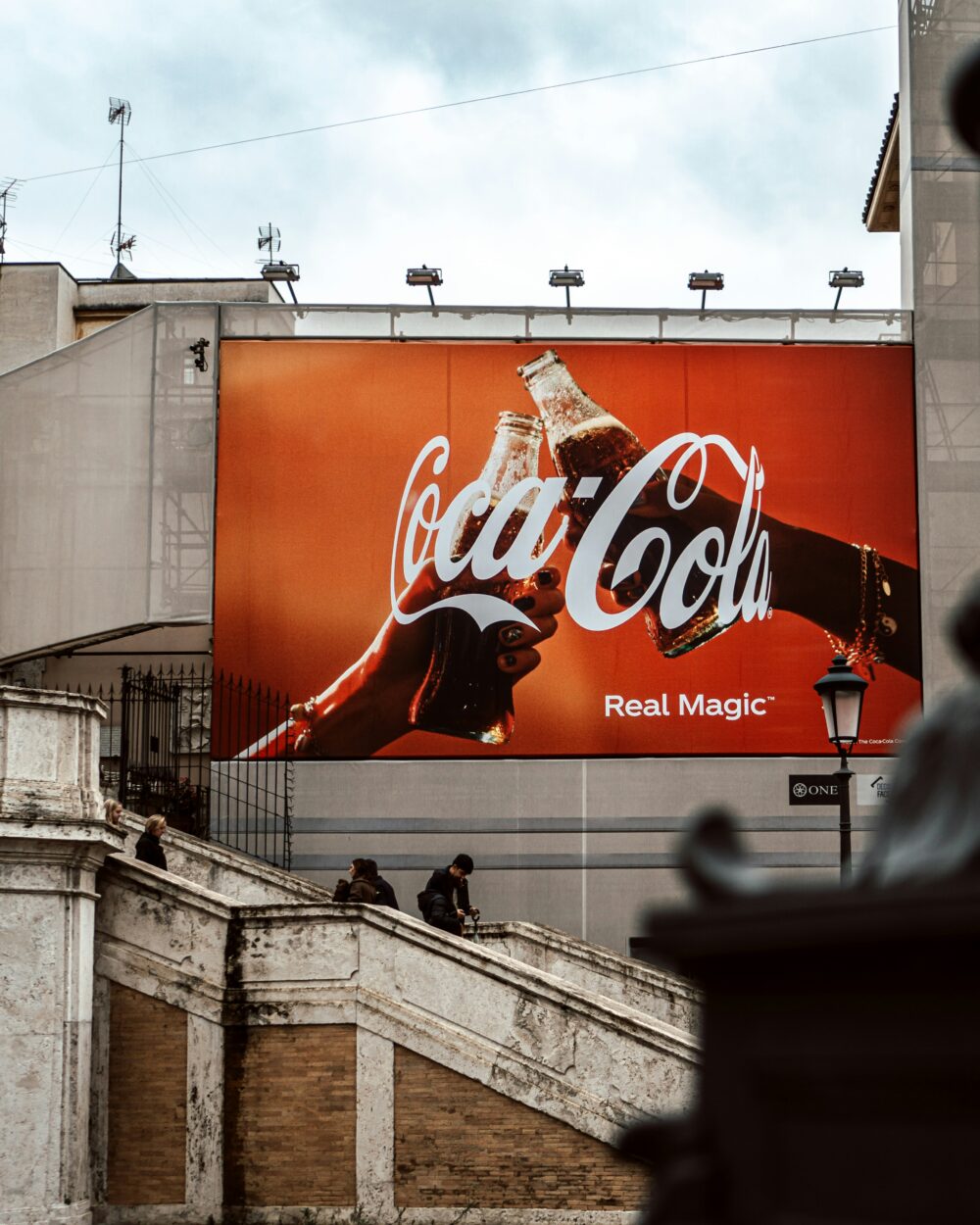Artificial intelligence has made significant strides in translation and localisation, promising faster turnaround times, lower costs and increased scalability. However, beneath the surface of these AI-powered solutions lies a growing concern that many brands and agencies are not addressing. Shadow AI: the unsanctioned or unregulated use of AI tools is creeping into workflows, often without clients’ knowledge.
At Creative Translation, we embrace AI as a tool, but we also recognise its risks. AI should not be a hidden force working in the background without accountability. When left unchecked, Shadow AI can lead to plagiarism risks, confidential information being leaked, inconsistent brand messaging, cultural missteps and even reputational damage.
What is Shadow AI and why does it matter?
Shadow AI refers to the unregulated use of AI tools within a company’s operations, often without full transparency, oversight or ethical consideration. This can happen in translation and localisation when agencies don’t enforce a strict usage policy. Without a robust policy in place, the agency’s suppliers may be using AI-generated content without them knowing, leading to all kinds of IP and security risks as well as the widely known consistency and hallucination challenges. Hallucination, in this context, refers to instances where AI tools generate false or misleading information that appears credible, which can lead to serious quality, trust, and reputational issues if not carefully reviewed.
How Shadow AI is Seeping into Language Services
- Automated Translations Without Disclosure: Inadvertent, accidental or undisclosed use of machine translation or AI-generated copy leads clients to believe they are receiving human-led translation.
- Overreliance on AI for Cultural Adaptation: AI struggles with humour, idioms and market-specific messaging. Human checking could be part of their process but may be charged as an extra, so it is important to insist agencies are clear about what services and checks are included in their pricing.
- Inconsistent Brand Voice Across Markets: Without proper human oversight, AI-generated content can dilute brand identity, leading to mismatched tones and messaging inconsistencies.
- Unchecked AI Quality Risks: AI models can introduce hallucinated facts, biases and inaccuracies, which may go unnoticed without proper review.
Many brands assume that their localisation or transcreation partners are applying human expertise at every stage. In reality, agencies can use many different workflows, some are focused on quality and effectiveness, others set their prioritise a low price point. Be sure when comparing pricing that their services are like for like.
The hidden risks of Shadow AI in transcreation
Transcreation is more than just translation. It is about ensuring a brand’s message is culturally and contextually relevant in each target market. Shadow AI threatens this process by introducing risks that can undermine the very purpose of this service.
- Cultural Insensitivity: AI cannot understand historical, political or social nuances in the same way that a human can. A direct AI translation of a marketing slogan may carry unintended connotations in different markets.
- Legal and Compliance Issues: AI does not have the capability to interpret regulations or industry-specific guidelines, creating the risk of legal liability in regulated industries such as healthcare, finance and pharmaceuticals.
- Loss of Brand Control: Global brands invest heavily in their tone of voice and identity. If AI is producing translations without human intervention, the essence of the brand can become diluted or inconsistent.
- Security and Confidentiality Risks: AI tools rely on vast datasets, some of which may be publicly sourced or repurposed from previous translations. Using AI without proper data privacy measures or usage policies, can lead to data leaks, infringement and compliance breaches.
How Brands and Agencies can protect themselves from Shadow AI
Brands and agencies must take a proactive approach to ensure AI is being used ethically and transparently in translation and localisation.
1. Demand Transparency
Ask your language service provider about their AI policies. Are they using AI for efficiency, or are they fully outsourcing translation tasks to AI without disclosure? A reputable agency will be clear about where and how AI is used.
2. Prioritise Human Control
AI is a powerful tool, but it must work alongside human linguists, not replace them. A human-in-the-loop model ensures that AI-generated content is reviewed, refined and adapted to meet brand, cultural and linguistic standards.
3. Ensure Brand Consistency Across Markets
AI should never be the sole decision-maker for brand messaging. Work with experienced linguists, transcreators and cultural consultants who can adapt AI-generated drafts while maintaining brand identity.
4. Partner with Experts
At Creative Translation, we integrate AI where it adds value, but we never compromise on quality or transparency. Our approach ensures that AI enhances efficiency while human expertise drives creativity, accuracy and cultural adaptation. We call this process Human at the Heart ™
AI is a tool, not a replacement
While AI is becoming more prevalent in translation and localisation, however, shadow AI poses a significant risk. Buyers, for brands and agencies need to be sure their vendors are mitigating the risks of shadow Ai. The best approach is one that blends technology with human intelligence, ensuring that AI is used responsibly and with full transparency.
At Creative Translation, we are committed to ethical AI integration, ensuring that our clients receive high-quality, culturally aware and brand-consistent content.
Looking for a language partner that values transparency and quality? Let’s talk.
📩 info@creativetranslation.com
📞 +44 (0)207 294 7710




